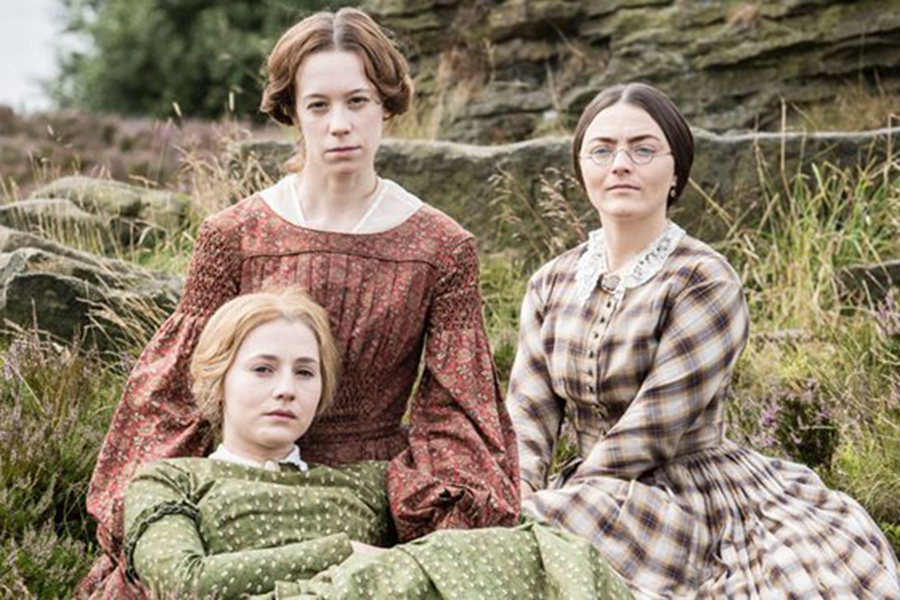'To Walk Invisible' brings to life the Brontes and the genius forged on the moors
Loading...
Think of “To Walk Invisible,” which debuted last night on public television’s “Masterpiece,” and is now streaming for free at pbs.org, as a thank-you note to the Bronte sisters for giving “Masterpiece” so much material.
The Brontes – Charlotte, Emily and Anne – wrote novels that have inspired several lavish “Masterpiece” adaptations over the years. Anne’s “The Tennant of Wildfell Hall” drew praise in 1997, and Emily’s “Wuthering Heights” prompted two “Masterpiece” projects airing in 1998 and 2009. Charlotte’s “Jane Eyre,” which aired as a “Masterpiece” production in 2007, garnered three Emmys.
Now, as a tribute to the 19th-century siblings who have become something of a public television franchise, “To Walk Invisible” dramatizes the lives of the Brontes themselves.
The Brontes grew up in Yorkshire as the daughters of a clergyman – an ostensibly sheltered existence that left many readers wondering how the women’s novels could be so insightful about madness and scandal. “To Walk Invisible” walks viewers through the darker aspects of the Bronte household, suggesting how family tragedy informed the sisters’ sometimes stormy fiction.
Adam Nagaitis plays Branwell, the Brontes’ brother, whose own literary ambitions were doomed by alcohol and opium addiction. As family patriarch Rev. Patrick Bronte (Jonathan Pryce) goes blind, the Brontes seemed poised for emotional and financial ruin.
It’s up to Charlotte (Finn Atkins), Emily (Chloe Pirrie), and Anne (Charlie Murphy) to secure the family’s destiny by writing the novels that would earn them enduring fame – an ambition that forces them to publish under pen names because women writers of the time wouldn’t be taken seriously.
Charlotte, who wanted anonymity for other reasons, expressed the wish that inspired the title of Sunday’s drama: “I think if a good fairy were to offer me the choice of a gift, I would say – grant me the power to walk invisible.”
Walking on the moors was something of a family pastime, a reality only faintly suggested in Sunday’s show. Most of the action unfolds in an exact replica of the Bronte parsonage, its shadowy interior expressing the brooding sensibility of writer-director Sally Wainwright’s production.
There are occasional hints of happier times, with fleeting flashbacks to the sisters’ childhoods. For a fuller exploration of the Bronte sisters’ origins, including the more life-affirming aspects of their literary origins, readers should check out Deborah Lutz’s 2015 study, “The Bronte Cabinet,” which includes an intriguing look at how their girlhood playfulness shaped their literary genius.
The best way to explore the Brontes’ legacy, of course, is reading their novels. With any luck, “To Walk Invisible” will send viewers back to their fiction, or nudge them to experience it for the first time.
– Danny Heitman, a columnist for The Advocate newspaper in Louisiana, is the author of “A Summer of Birds: John James Audubon at Oakley House.”







